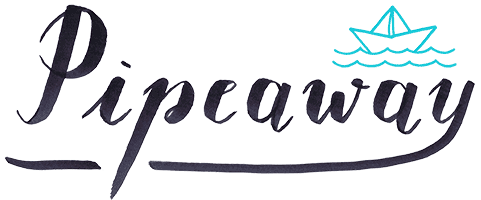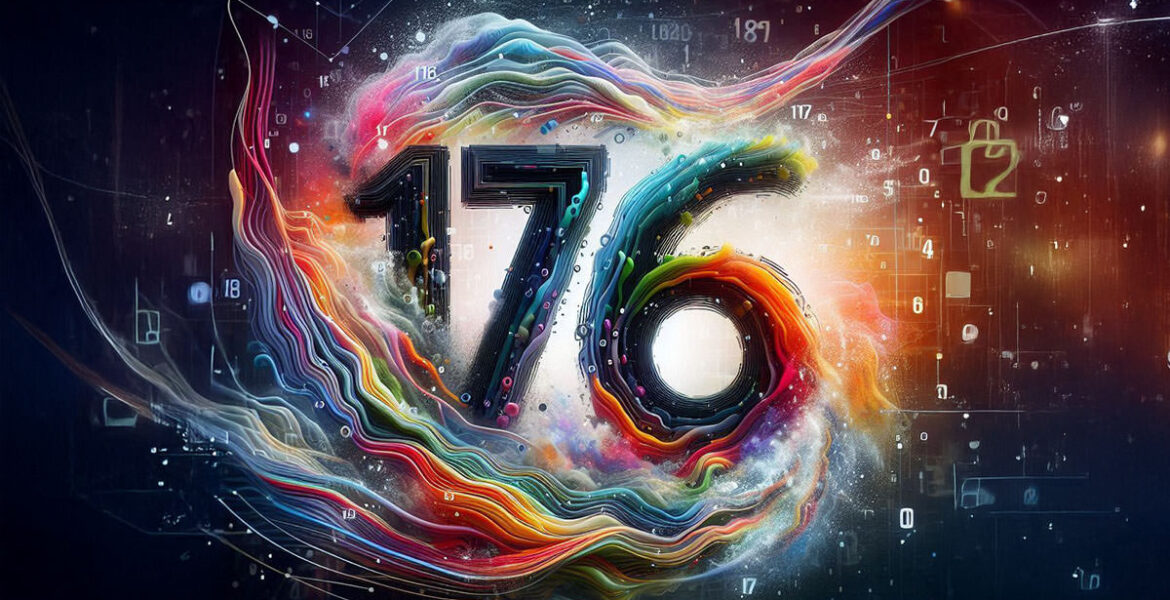This is the archived version of our free weekly newsletter. To start receiving it in your mailbox on the send-out day, join the newsletter list!
Hi from Croatia!
As you read this pre-written newsletter, I’ll be driving again, to the coast of the country that, this season, promotes itself with the “Find your pomalo” campaign.
No, not that monster citrus from Southeast Asia (that’s pomelo!), but ‘pomalo’ – the Croatian way of saying: slow down and enjoy the moment.
At the same time that the Ultra Europe electronic music festival brings thousands of young and loud tourists to Split, the country aims to advertise the Mediterranean as it once was: unhurried and stress-free.
It’s nothing close to the Laziest Person in the World competition, as they have in Montenegro. Still, concepts of taking a break in siesta, riposo, or inemuri kind of way are well-established around the world.
As learned previously, tourism marketing campaigns can be a top or a flop, so it remains to be seen whether Croatia’s bet on pomalo (especially, when tourism prices grow naveliko, or – at large) will find its audience.
When there is a lot of money invested in a PR campaign, it’s natural that those marketing videos will be under special scrutiny. But if you just want to memorize a personal trip, following basic rules for making travel videos can elevate your creation. Nowadays, you can even engage an AI to help you compose your travel video faster, and possibly even better than an average user could ever do.
But don’t think that employing AI will protect you from your audience’s close examination. I found that out when, even if only to illustrate the omnipresent AI cat Olympics topic, I created a Zoolympics video, a fantasy-based diving competition of cows, lions, and elephants.
“Thanks for the AI slop”, commented one viewer.
It reminded me of a similar comment a reader sent when I published an article on strange hostel experiences. For this person, it was unforgivable that I used AI to illustrate real-life hostel anecdotes that ranged from bizarre to kinky.
“Thanks for stealing artists’ work for these AI slop illustrations. They suck”, a disgruntled commenter said.
I understand, people are increasingly allergic to the artificial intelligence invading all pores of our online and offline life.
I’d love us to have a sustainable system that pays real artists creating high-budget CGI, which could compete in speed with free tools lying around.
However, in the current state of the internet, when search engines steal from us, content creators, exactly through employing AI to scrape our write-ups (taking not only readers, but also our ad income), using AI is sometimes the only feasible way to fight back.
Indeed, AI opened a Pandora’s box of dilemmas. The fact is, the genie is already outside, messing up the entire world of not just artistic creation, but – information.
It’s hard to predict how we will get out of that (lack of) labeling mess, as search engines don’t seem interested enough to demote AI content versus human-intelligence content, simply because they profit from it.
The result? The internet is flooded with fake content presented as real, AI-generated garbage delivered as some perversion of new journalism.
That’s the real issue with artificial intelligence. Not when small creators use it to illustrate a point, but when big players use it to reap financial gains at the expense of the entire web ecosystem. The world they are creating is making consumers distrust everything as unreal. And that process might be irreversible.
What do you think about that?
Have a real-intelligence week,
Ivan Kralj
Pipeaway.com
This is the archived version of our free weekly newsletter. To start receiving it in your mailbox on the send-out day, join the newsletter list!
Disclosure: This post may contain affiliate links, meaning if you click on them and make a purchase, Pipeaway may make a small commission, at no additional cost to you. Thank you for supporting our work!


